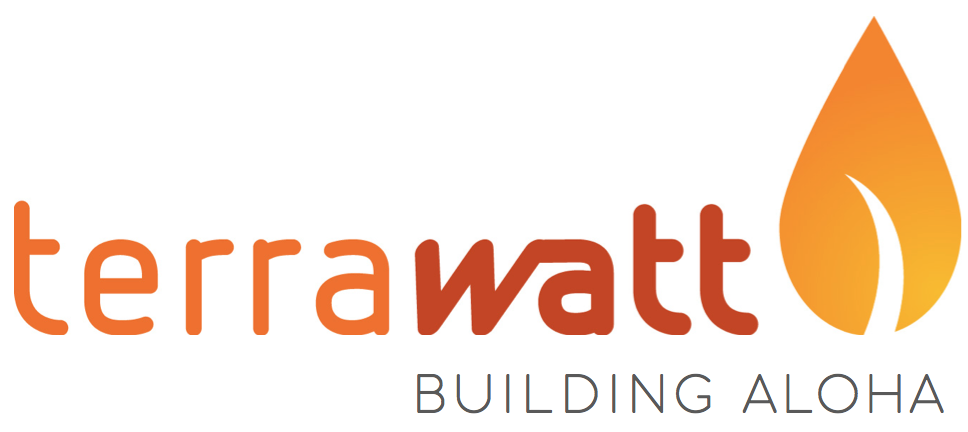Right now there’s a 10,000-acre wildfire near Waikoloa and an active volcano that won’t stop. A friend in Waikoloa says that the inside of his house “smells like a campfire.”

An air cleaner will help a little (link takes you to my last blog on air cleaners), and volcanoes make vog (link takes you to my next-to-last blog on vog). It’s hard for an air cleaner to keep up, and even then, it doesn’t do anything about moisture or centipedes.

It’s a better strategy to prevent bad stuff from getting into your house to begin with. We do it by sealing holes and checking how well we did. In Hawaii’s Energy Code, there’s a measurable airtightness target that’s not hard to achieve. When we seal holes, you get:
- less pollen & dust, and better indoor air quality
- your AC has an easier time keeping up
- fewer bugs
- better humidity control, so mold growth is slowed
- fewer drafts
- more even temperatures
- lower energy bills
If you add up all the holes, leaks and gaps in a building, it would be like leaving a window open all the time. When you turn on your A/C, what do you do with your windows? You close them. Essentially, in every home, there’s an open window that you can’t close…unless you know where to look.
Some holes are worth more than others. In West Hawaii, where the winds blow the vog and many people have A/C, they’re worth more than holes in a temperate part of Oahu. In Maui and East Hawaii, they might be worth more than holes in Moloka’i if you have humidity and mold problems.

Some holes are around windows and doors. Those are the easy holes.
The hard holes hide in attics and ceilings. These holes are especially a problem because they connect the house and the attic, and physics makes them worse. An attic can easily get above 120 degrees, and that heat is pushing to get in. In the infrared picture I took of an interior wall in a North Kohala house, the holes in the attic are so big they allow the baking-hot attic air complete access to the wall cavities…and turn the wall into a big radiator. At the same time, cool air from the A/C is leaking out.

It’s not just that one wall, either. It’s systemic. These homeowners called me because their A/C can’t keep up.
The A/C can’t keep up because it’s doomed. It just can’t work, because the house is heating up faster than it’s cooling. So what would you do…install more A/C, or seal the holes?
New Houses
While a house is being built, the process is simple:
- run a blower door test
- find the holes
- seal them
- run the test again to check you passed
- give everyone high-fives!
A test doesn’t take very long and the good builders learn right away what works and what matters. Every house they build from then on will be better, and homeowners will enjoy healthier, more comfortable, and energy-efficient homes.

Sealing the holes is so easy, and it’s basically free! Here’s how: a builder hires a leakage tester, but then gives the air leakage information to their A/C contractor. The A/C contractor right-sizes the A/C system based on the lower leakage and puts in a smaller unit – which costs less. Then, they give that information to their PV installer, who could put on a smaller array – which also costs less.
In some cases, this process can result in GREATER savings to the builder than the cost of the test, so it’s cash-positive. In the house with the hot walls, if enough holes were sealed to bring it down to Energy Code levels, we could reduce its A/C load by more than two tons. It has two A/C systems already. We could just take one away…instead of adding a third one.
How many thousands of dollars does an unnecessary air conditioning system cost? That’s not a rhetorical question. An A/C system can cost from $8000 (for a ductless minisplit) to $20,000 (for a ducted unit).
Existing Houses
This works in all houses. Some are fine already, but if you can smell smoke from wildfires or are coughing from vog or have a stuffy head from mold, your first line of defense is the border between you and the outside. The process is the same:
- run a blower door test
- find the holes
- seal them
- run a test again to check your work
A blower door test helps put a building’s air leakage in perspective. It’s like having your blood pressure checked. There’s a range to shoot for, but diminishing returns if you go too far. If we know what our goal is then we’ll know when we get there, and that’s how the Energy Code is helpful. Then we can put in air conditioning or a dehumidifier, and the system will work better and not waste energy.
I like air sealing. It’s a passive strategy – once it’s done, you don’t have to maintain it. You don’t have to worry about it breaking. You don’t have to spend energy on it. You don’t have to clean it or check it or have it topped off.
It’s built into the home, and you get peace of mind, a healthier home, and smaller energy bills. Forever.
And you’ll never need an annual service check!
Resources:
https://www.energystar.gov/index.cfm?c=home_sealing.hm_improvement_sealing&s=mega
click this to go to an interactive air quality map of Hawaii
Some Common Attic Holes








